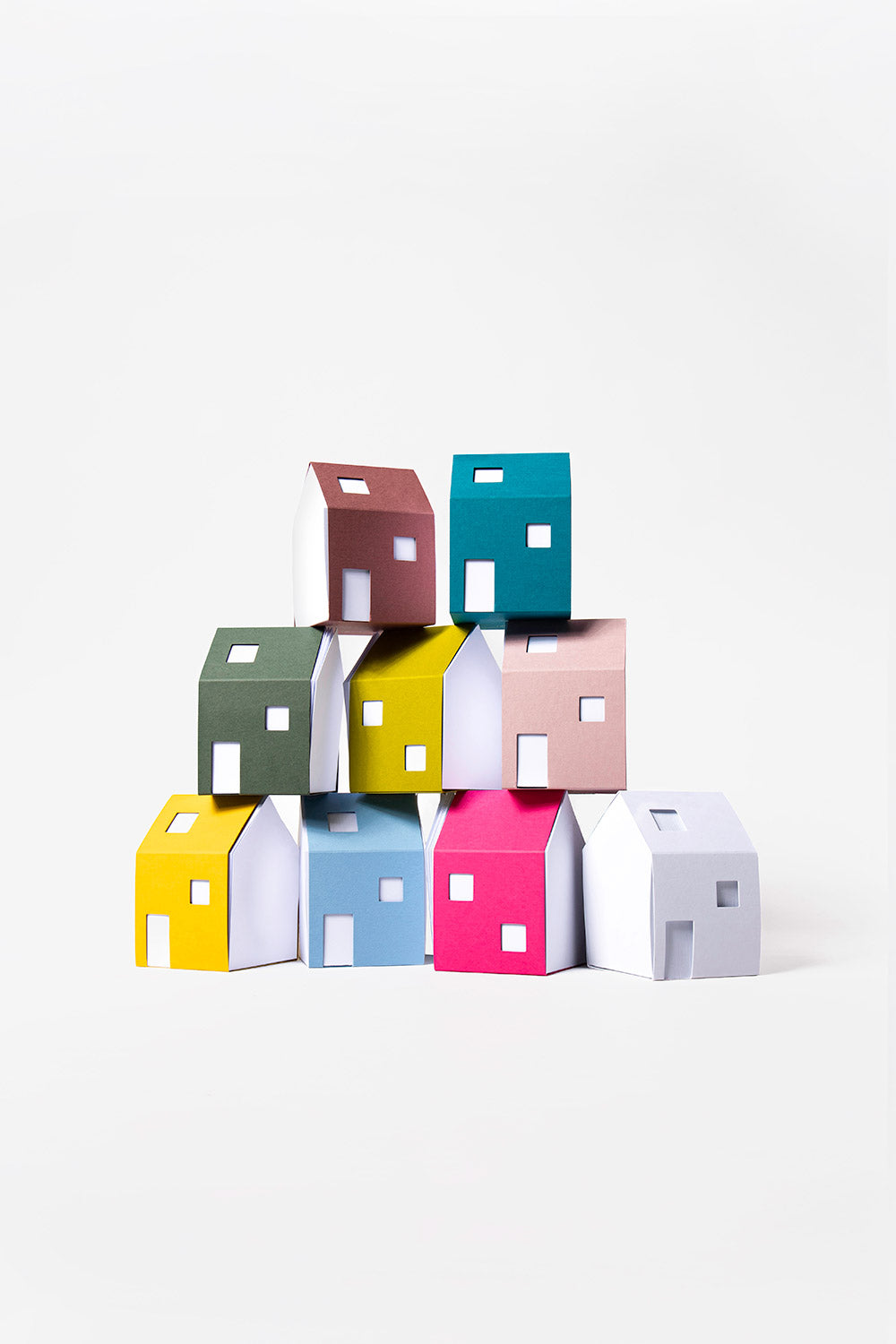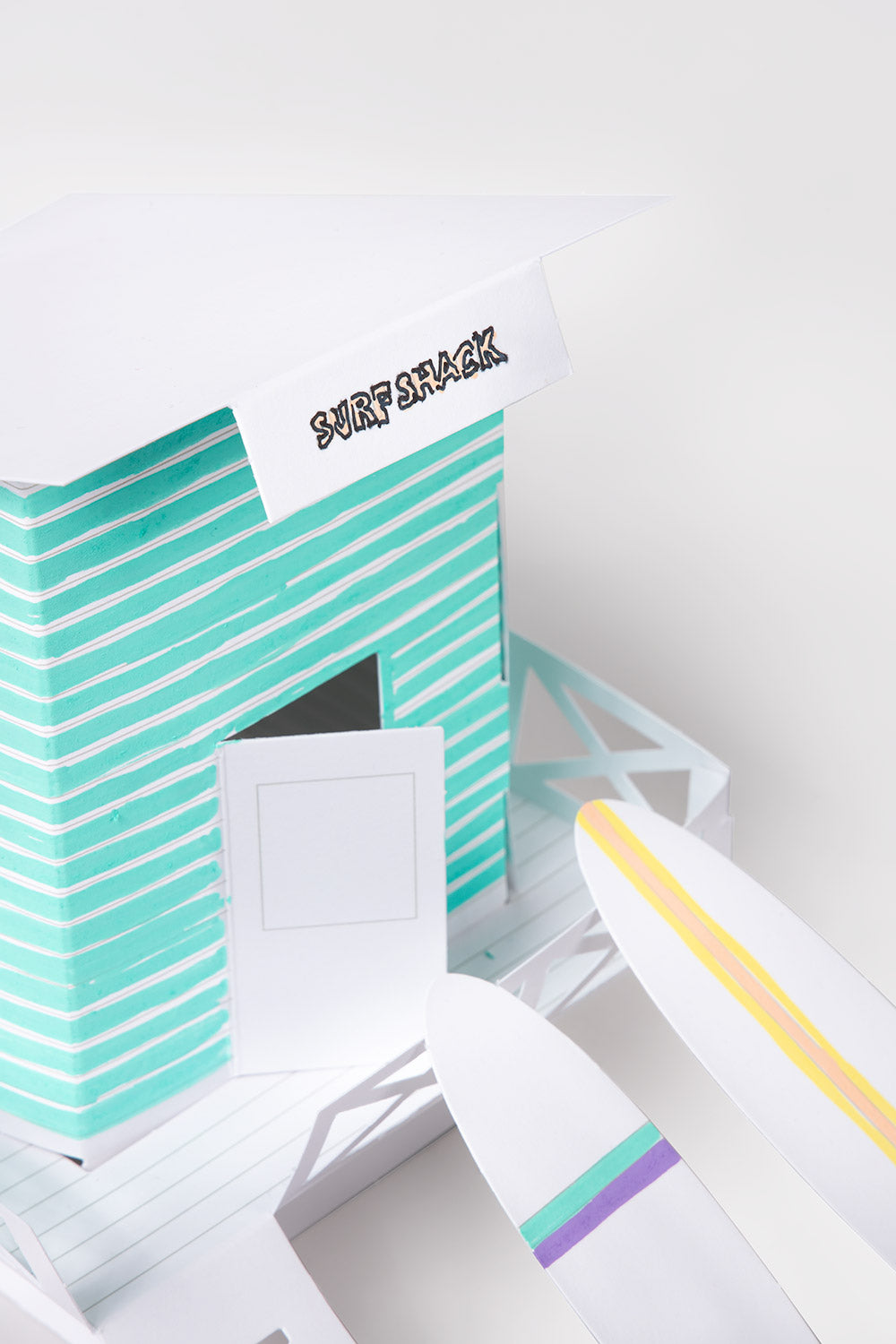Lee Miller, an iconic figure in 20th-century photography, left an indelible mark on the art world. Her captivating photographs captured the essence of her era, from Parisian fashion world to the horrors of World War II. Miller’s life, marked by insatiable curiosity and remarkable courage, had a profound influence on her photographic work.
Lee Miller’s journey from model to war photographer is fascinating to explore. This article looks at her early life and beginnings, her pivotal role as a photographer during the war, and the artistic legacy she left behind. From her fashion shots in Paris to her poignant battlefield reports, Miller’s work continues to inspire and captivate audiences even in 2024. Her influence on film and visual culture remains palpable, making Lee Miller a key figure in the history of photography.
Lee Miller's Youth and Early Life
Lee Miller was born in 1907 in Poughkeepsie, a small industrial town about 90 miles north of New York City. Her father, Theodore, was an engineer, inventor, and amateur photographer. He played a crucial role in sparking Miller's interest in photography, giving her her first camera, a Kodak Box Brownie, when she was ten years old. It was in her father's darkroom that Miller began experimenting with the photographic process.
Model in New York
At the age of 19, Miller left home for good and began working as a model in New York City. Her career took a major turn in 1926 when she had a chance encounter with Condé Nast, the founder of Vogue magazine. Impressed by her beauty and elegance, Nast invited her to pose for the magazine. This chance encounter propelled Miller into the spotlight of New York fashion.
In March 1927, Miller appeared on the cover of the American and British editions of Vogue, wearing a blue hat and pearls in a drawing by George Lepape. Her beauty and allure perfectly matched the image of the "modern girl" that Edna Woolman Chase, then editor-in-chief of Vogue, was seeking.
Over the next two years, Miller became one of New York's most sought-after models. She was photographed by the greatest fashion photographers of the day, including Edward Steichen, Arnold Genthe, Nickolas Muray, and George Hoyningen-Huene. These experiences in front of the lens undoubtedly helped sharpen her eye as a budding photographer.
Meeting with Man Ray in Paris
In 1929, at the age of 24, Miller decided to leave New York for Paris, determined to pursue her passion for photography. Her goal was clear: to study with Man Ray, a renowned surrealist artist and photographer. This decision marked a turning point in her career, taking her from model to full-fledged artist.
Upon arriving in Paris, Miller sought out Man Ray and introduced herself as his new student. Although Man Ray initially claimed not to take students, Miller quickly won him over. Their relationship evolved from that of master and student to that of collaborators, lovers, and muses to each other.
Learning photography
For three years, Miller lived and worked with Man Ray in Paris. This period was crucial to her development as a photographer. Man Ray taught her the techniques of photography, and together they explored and developed new creative methods.
One of their most significant discoveries was the technique of solarization in 1929. This technique, which partially reverses the black and white tones of a photograph, creates halo outlines and accentuates contrasts. Although often attributed solely to Man Ray, Miller played an important role in its rediscovery and refinement.
In Paris, Miller immersed herself in the Surrealist movement. She met and photographed many influential artists, including Paul Éluard, Pablo Picasso, Max Ernst, and Joan Miró. These encounters undoubtedly influenced her artistic approach, encouraging her to experiment with unexpected images and surprising juxtapositions in her photographic work.
In addition to her apprenticeship with Man Ray, Miller opened her own photography studio in Paris. She often took on Man Ray's fashion commissions, allowing her to focus on her own artistic projects. This experience allowed her to develop her own skills in fashion and portrait photography, laying the foundation for her future career as an independent photographer.
Lee Miller, War Photographer
At the start of World War II, Lee Miller offered her services as a photographer for Vogue, an offer that was initially rejected. However, as male photographers left for war service, Miller began to take over much of the magazine's fashion and lifestyle photography. The government understood the importance of women's magazines in helping their readers cope with the changes and challenges brought by wartime shortages, clothing rationing, and the entry of women into the workforce in greater numbers.
World War II coverage
Miller produced several photographic series on women who contributed in various ways to the war effort. As the conflict progressed, she moved from studio photography to field reporting. 1 She became one of the few women photographers accredited as an official war correspondent to the U.S. Armed Forces. 1
In July 1944, Miller arrived in Normandy, a month after the Allied invasion of Nazi-occupied Europe had begun. Her first assignment was to report on U.S. Army nurses working in a field hospital near Omaha Beach. 1 Despite restrictions on women war correspondents, Miller managed to be present during the assault on Saint-Malo, an unauthorized presence that violated the terms of her accreditation.
Reports on the liberation of Europe
In August 1944, Miller accompanied Allied forces as they advanced through northwestern France. Her photographs from this period capture key elements of the occupation and liberation of the country. She documented the fate of women accused of collaboration, particularly those who had been involved in relationships with Germans. These women were publicly humiliated, their heads shaved, and in some cases their foreheads marked with swastikas.
Photographs of concentration camps
Miller also accompanied the Allied forces as they advanced into Germany in early 1945. It was there that they discovered the horrors of Nazi atrocities at Buchenwald and Dachau. Miller's photographs of German concentration camps are among her most powerful works, and the scenes she witnessed had a profound effect on her.
On April 30, 1945, Miller and his colleague David E. Scherman were among the first war correspondents to enter the Dachau camp. They encountered scenes of death, starvation, torture, and brutality. Miller photographed the bodies of SS guards being loaded onto trains or lying face down in a stream. Her photographs reveal her compassion for the prisoners, with close-ups of their faces and humanizing portraits.
Fearing that people back home would not believe what they saw in her pictures, Miller sent a cable to British Vogue editor Audrey Withers, imploring: "I BEG YOU TO BELIEVE THIS IS TRUE." The subsequent article in British and American Vogue included the phrases "Believe it" and "THIS IS THE GERMAN WAY." Miller spared no one the horrors of the camps in his article, juxtaposing pictures of German children playing with pictures of bone fragments from the camps, and beautiful villages with the crematoria used to burn the bodies of dead concentration camp inmates.
Lee Miller's Artistic Legacy
Lee Miller’s legacy as a photographer is vast and deep, encompassing more than 60,000 images and documents. Her work, which spans from surrealist photography to fashion editorials for Vogue, World War II photojournalism, and portraits of important 20th-century figures, continues to inspire and captivate audiences even in 2024.
Unique photographic style
Miller's style was characterized by an uncompromising approach and a relentless eye for capturing reality, particularly during the war period. Her background in surrealism had a profound influence on her work, allowing her to create surprising and dissonant contrasts in her images. Miller often used juxtaposition, combining two elements in the same photograph to create a striking contrast.
One particular technique Miller developed with Man Ray was "solarization," a process that partially inverts blacks and whites to create a halo effect. This technique was used extensively by both photographers to transform body parts into dreamlike anatomies, adding a surreal dimension to their works.
Influence on modern photography
Miller's influence on modern photography is undeniable. Her photographs are considered some of the most innovative, influential, and haunting of the 20th century. Her work has inspired many fashion designers, including Frida Giannini for Gucci, Ann Demeulemeester, and Alexander McQueen.
Miller also played a crucial role in transforming Vogue from a luxury fashion magazine into a publication that could cover serious, topical issues during the war. Her images helped bridge the gap between fashion photography and photojournalism, creating a unique style that blended his surrealist eye with the brutal reality of war.
Exhibitions and retrospectives
Since its rediscovery in the 1980s, Miller's work has been the subject of numerous exhibitions and retrospectives around the world. In 2013, a foundation bearing her name was established in England, providing access to over 80,000 negatives for experts and institutions.
Notable exhibitions include "The Art of Lee Miller" which travelled to several prestigious museums including the V&A Museum in London and the Jeu de Paume in Paris between 2007 and 2009. More recently, in 2019, the exhibition "Surrealist Lee Miller" was presented at La Térmica in Malaga, Spain.
Interest in Miller's art continues to grow. In July 2024, the Salvador Dalí Museum in St. Petersburg, Florida, is planning an exhibition focusing on her contributions to the Surrealist movement. Another exhibition focusing on her fashion photography is planned for May 2024 at her former home in East Sussex.
Conclusion
Lee Miller has left an indelible mark on the history of photography, and her life and work continue to influence artists and audiences today. Her extraordinary journey from model to war photographer is a testament to her versatility and courage. Miller’s striking images, from her surrealist photographs to her poignant war reports, have the power to captivate and move, even decades after they were created.
![]()
Miller’s legacy extends beyond her photographs, encompassing her pioneering role as a woman in a male-dominated field and her ability to push artistic boundaries. Her work continues to inspire new generations of photographers and artists. To further your exploration of iconic women in art, check out the Cinqpoints Iconic Women in Art Card Game . Ultimately, Lee Miller’s work remains a powerful testament to 20th-century history and art’s ability to document, provoke, and transform our understanding of the world.


















